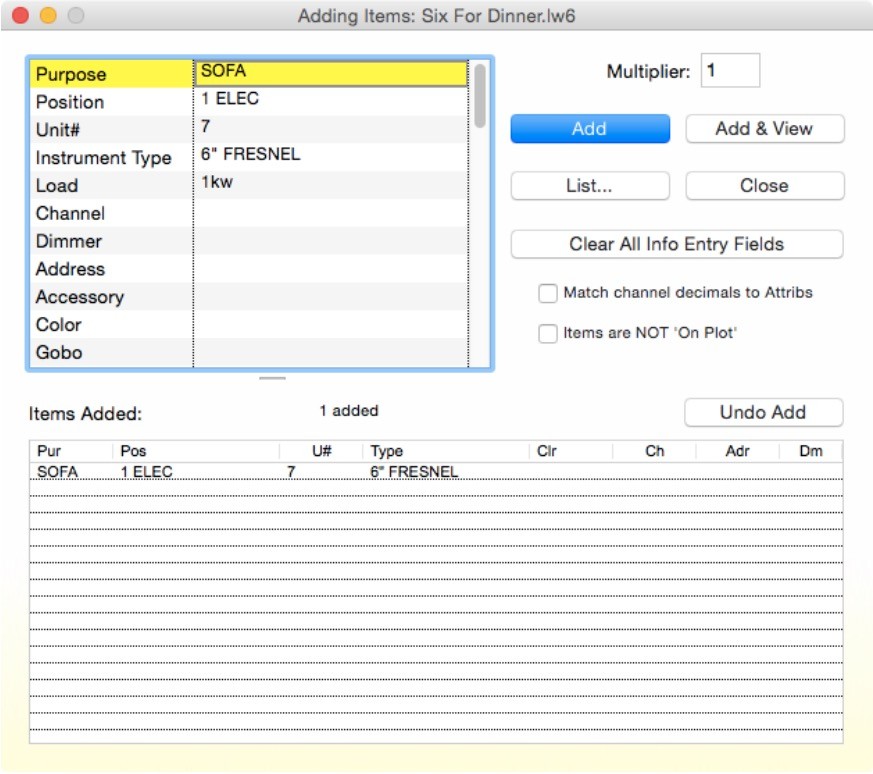

- #INSERT ROWS IN LIGHTWRITE PORTABLE#
- #INSERT ROWS IN LIGHTWRITE SOFTWARE#
- #INSERT ROWS IN LIGHTWRITE PROFESSIONAL#
VSDs describe SGDs in which graphic scenes or photographs are used to provide context for embedded pre‐stored messages. It has also been demonstrated that the ability to generate speech supports the development of language, natural speech and literacy (Schlosser 2003, Schlosser and Raghavendra 2004). SDGs offer a route into education, employment, recreation and social inclusion. However, SGDs provide users with a powerful bridge to independence. Communication without speech generation, using unaided AAC (e.g., gesture and eye pointing) and non‐technological aided AAC (e.g., symbol books and alphabet boards) is indispensable. At its most complex, users have to master complex operational skills in order to access AAC technologies.ĪAC technology comes in many guises, depending on the communication needs of the individual. At its simplest, AAC provides individuals with the means to make choices with early intervention identifying clear and consistent yes/no responses. While there is no doubt that AAC technology improves the quality of life for individuals with severe disabilities, the reality is that individuals with CCN seldom go beyond needs based (transactional) communication into extended (interactional) conversation (Waller 2006).ĪAC describes the strategies and techniques used to support communication for individuals who have little or no functional speech due to a physical and/or intellectual disability. Developing skills to master such technology requires a range of physical and cognitive competencies (Light and McNaughton 2014), which may take years to acquire, resulting in an inevitable focus on managing access and developing operational competencies, rather than using technology to achieve communication goals. Individuals with CCN may have physical impairments which require different access methods such as switches or eye‐gaze systems to access AAC.
#INSERT ROWS IN LIGHTWRITE PROFESSIONAL#
Research has identified multiple reasons for low adoption and high abandonment of assistive and AAC technologies alike, including poor usability, high learning demands, a lack of professional expertise and difficulty in physical access (Murphy et al. However, for individuals with complex communication needs (CCN) who use AAC, the successful adoption of technology, be it mainstream or specially designed AAC software, is fraught with challenges, resulting in low adoption and high abandonment of such technology.
#INSERT ROWS IN LIGHTWRITE SOFTWARE#
Similarly, the recent launch of the Global Public Inclusive Infrastructure (GPII) 1-a web‐based resource supporting software engineers to develop accessible technology-demonstrates the degree to which technology developers have embraced the ideal of inclusive design to ensure that disabled people can benefit from technology.

More recently, developments in mobile technology and the explosion of social media are transforming the lives of disabled individuals who can access mainstream technology with little or no support.
#INSERT ROWS IN LIGHTWRITE PORTABLE#
Portable communication aids such as the LightWriter and the Talking Brooch were developed in the early 1970s with text‐to‐speech systems appearing in the late 1970s. Mechanical systems which gave access to typing for people with no hand function, such as the prototype POSM sip‐and‐puff electric typewriter in 1960, were superseded by transistor‐based systems in the following decade. Prior to electronics, early communication technologies enabled people to create written text using mechanical or electric solutions. The advent of microcomputing in the 1970s and the subsequent development of computer‐based assistive technologies (ATs) opened up unimagined opportunities for people with speech and/or physical impairments. My interest in AAC was sparked when, during the third year of my Computer Science degree, Byte magazine ( 1982) published a special issue on ‘Computers and the Disabled’ in which early speech‐generating devices (SGDs) were featured. The honour is more poignant considering my life‐long relationship with SLTs, first as a child growing up with dysarthric speech due to cerebral palsy and latterly as a rehabilitation engineer working in the field of augmentative and alternative communication (AAC).

It is an honour to have been invited to deliver the 2017/18 Winter Lecture for the IJLCD to an audience comprised mostly of speech and language therapists (SLTs).


 0 kommentar(er)
0 kommentar(er)
